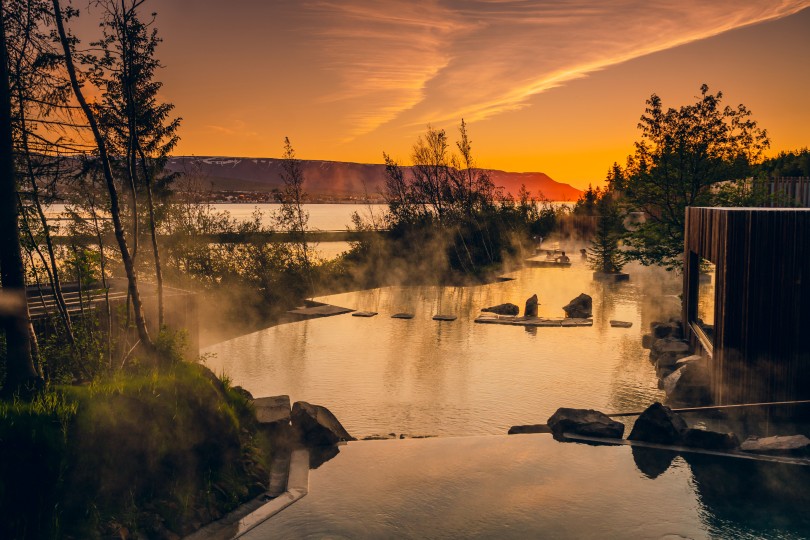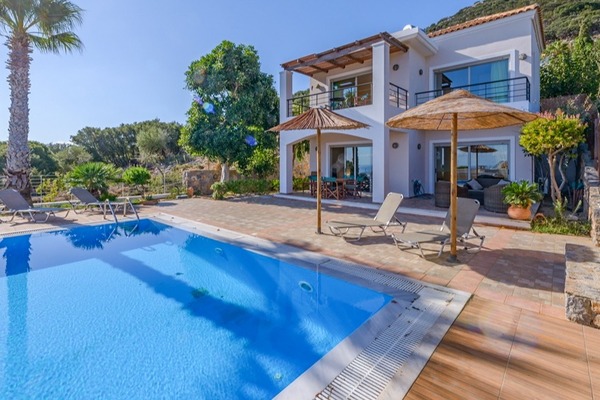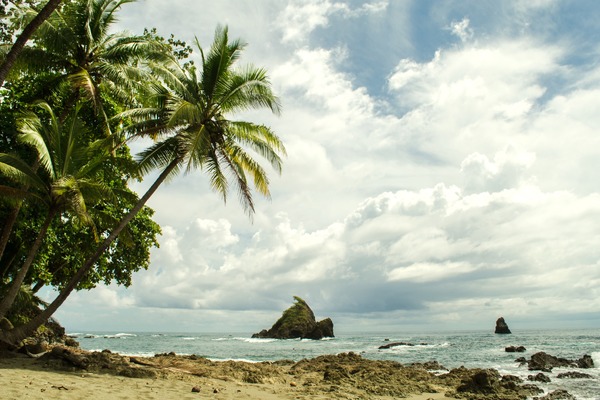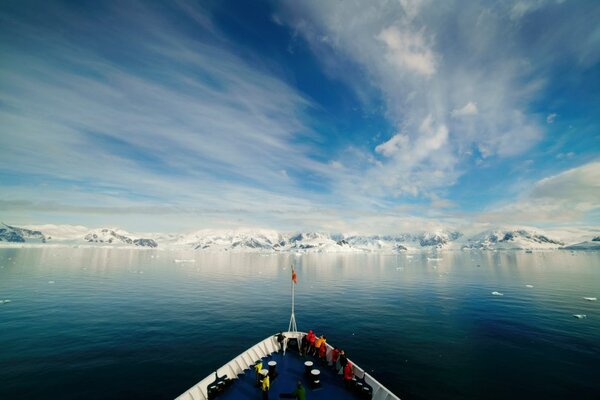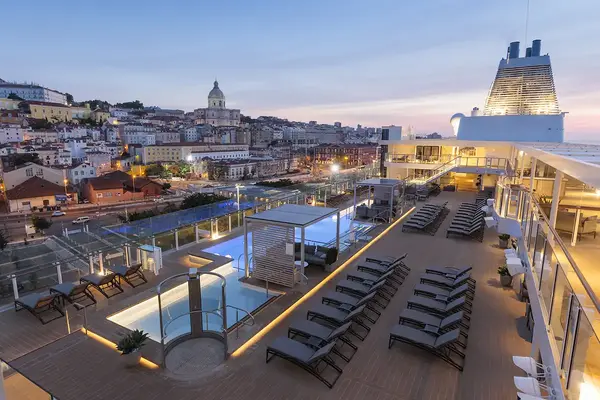Why the land of fire and ice is for all seasons
Think Iceland is just for summer touring? Think again, says the tourist board, keen to inform why the destination is a year-round draw

A big push from Visit Iceland to highlight the benefits of all-season travel to the country has paid dividends, with visitation now more evenly spread throughout the year.
Sigridur Dogg Gudmundsdottir, head of Visit Iceland, says: “In 2012, Iceland had the highest seasonality in tourist arrivals of all the Nordic countries. Since then seasonality has steadily decreased and in 2018, 65% of tourists visited during autumn, winter and spring combined and 35% during summer. In 2019, February and November were our busiest months for UK tourists.”
New to the Visit Iceland website is a tracker that shows up-to-date visitor numbers for key attractions such as Gullfoss, one of Iceland’s most iconic waterfalls. The stats flag the busiest hour the previous day, which visitors can factor into their trip planning.
Gudmundsdottir says: “Iceland is ginormous, and we are the least densely populated country in Europe. It’s the easiest thing to be alone in Iceland.”
With such credentials, it’s no surprise therefore that sustainable travel is also a key driver for the destination. The website visiticeland.com has a carbon calculator, which travellers can use to offset the carbon footprint of their trip to Iceland and for those used to driving electric cars, Gudmundsdottir recommends hiring one to tour the country, making use of Visit Iceland’s charging stations map, although she warns the weather can be a factor for battery power so itineraries need to be well planned.
COOL CULTURE
As well as advising clients to dress for the weather to enjoy Iceland’s powerful natural spectacles, Gudmundsdottir suggests agents highlight the cultural draws of a trip outside the summer season: “The creative scene is much stronger in winter,” she says. “In the darkness, we all come together to put on concerts and art exhibitions – check out November’s Iceland Airwaves music festival, which attracts up-and-coming artists.”
Indoor attractions include FlyingOver Iceland, an experience in Reykjavik simulating flight over mountains and glaciers, and Icelandic Lava Show in the town of Vik, which presents a (safe) opportunity to get close to molten lava.
“And, of course, we have our hot tubs and saunas for wellness whatever the weather,” says Gudmundsdottir, highlighting GeoSea geothermal sea baths, which opened in 2018 on clifftops overlooking the ocean in Husavik, and the new Forest Lagoon, near Akureyri, as alternatives for the more obvious Blue Lagoon.
Cuisine is another part of Iceland’s appeal that can be enjoyed year round, with restaurants and food tours showcasing fish and lamb, which have been the main source of food for Icelanders for centuries, and locally grown vegetables.
Gudmundsdottir adds: “One of the most famous is the Reykjavik Food Walk, which will have you sampling lamb, fresh fish, the legendary Icelandic hot dog and ice cream. And in the west of Iceland you can go fishing and enjoy sushi made from seafood discovered on the Viking Sushi Adventure Voyage.”
